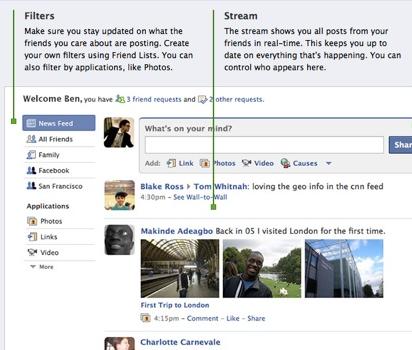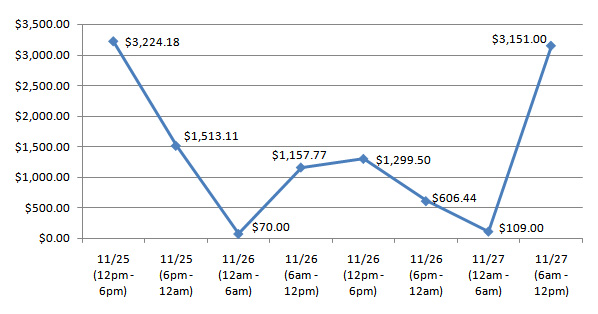A decade ago Michael A. Boylan wrote a book on business to business (b-to-b) selling called The Power to Get In. It was publicized as “a step-by-step system to get in anyone’s door.” To reiterate the book’s promise of granting access, Boylan begins Chapter 1 with this pronouncement: “You’ve been frozen out.”
It’s a terrible feeling, and familiar to many who have something valuable to sell but cannot seem to get an audience with the proper buyers.
A case for Twitter for business
I’m not a sales coach, but I have personally seen that when you apply the Golden Rule (Do unto others as you would have them do unto you) to Twitter, it can help you succeed. It may even help you regain that Power to Get In.
Here’s why people get “frozen out”: In the business world, we’re all overloaded with too many people who want a piece of us. This has a key driver behind the drop in responsiveness of these tried-and-tested lead-generation techniques:
- Email open rates and click-throughs are falling
- Direct mail is becoming more expensive and less effective
- Phone calls, with their deadly voice mail phone screeners, aren’t being returned
Viewed 20 years ago, the solution would have been to learn to play golf. And that method is still viable today, for reasons I’ll get into in a moment.
But in the meantime, social media are providing quasi-business environments, most notably Facebook and Twitter. In both cases, these systems use a social phenomenon that’s come to be known as ambient awareness (here’s an excellent article on ambient awareness by Clive Thompson of The New York Times).
The growth of these seeming “distractions” (okay, real distractions), is two-fold.
1. Drinking from a fire hose
First, we are all overwhelmed. To use the famous metaphor, we are trying our best to drink from a fire hose of information. This was described wonderfully in the book The Paradox of Choice: Why More Is Less. For those who are inclined to try it, Twitter (and Facebook “mini-feeds”) can be a way to control this information flow. It’s like creating our own private channel of friends and business associates, available in real-time whenever we’re ready to check it out.
2. Special access to a private gathering
These micro-blogs allow us to grant special access. Remember when only a handful of your best friends and business colleagues would get your email address? Well, now your many email addresses are teeming with responsibilities and requests. Even our most private email accounts can become another obligation to maintain.
Relative silence, plenty of fresh air, and interesting challenges
Most humans who have been working at their computers much of the time yearn to be surrounded by friends and interesting colleagues, with few distractions. At one time, it was joining a country club that scratched that itch. Twitter is starting to do the same.
And because it is attracting some significant decision-makers, it is taking on some of the same appeals, in terms of lead generation, that golf does.
Ostensibly, golf is a game. But playing with potential business partners offers surprising access, and an informal context for the discussion of mutually beneficial opportunities. So golf is no mere game. The ambient awareness mechanism of Twitter offers the same lead-generation potential — if it is used properly.
The three rules to using Twitter for business
Follow these three rules and you cannot go wrong:
- Like other networking, think about helping others before yourself. Look for chances to respond to other people’s queries or interests
- Find chances to meet face-to-face. Here’s the story of my awakening to the potential in a “Tweet-up.”
- Never or rarely directly promote what you’re selling
Sign up for a free account on Twitter. Follow me if you’d like; I’m at @TheLarch. And then begin exploring a surprisingly productive business time-waster. Perhaps even as productive a time-waster as golf!



